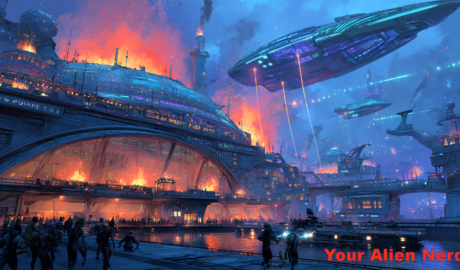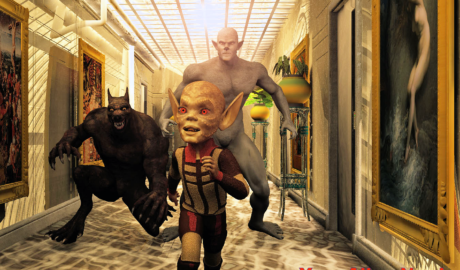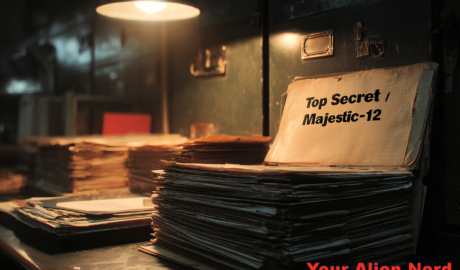THE EMPIRE CAN WAIT – CHAPTER 6, PART 1
Fillet of a fenny snake,In the cauldron boil and bake.Eye of newt and toe of frog,Wool of bat and tongue of dog,Adder’s fork and blind-worm’s sting,Lezard’s leg and owlet’s wing,For a charm of powerful trouble,Like a hell-broth boil and bubble. (William Shakespeare, Macbeth, Act IV, Scene I) Starmont, coordinates 91.349/-74.222/000.001JulyContinue Reading









